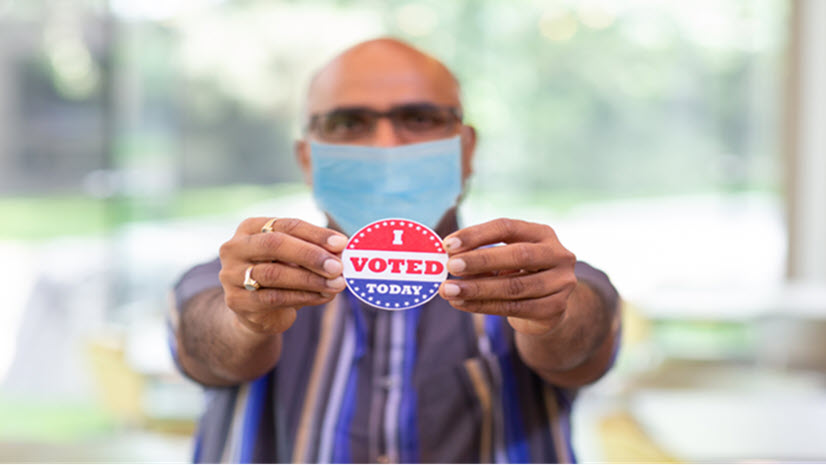From the very first moment I was of age to vote, I could not wait to register. Voting to me was a right of passage to becoming a contributing adult. And to this day, I’ve never missed an election. No matter how big or how small. Like many Americans, I felt my vote was personal.
It was not until later in life that I recognized how much every vote matters. This realization did not come about because of the recap of the news we read about in the paper the next morning. Rather, it came from a friend who loved to come over on election days and proclaim “Hey, I went out and made sure my vote canceled out your vote.” We are very good friends who simply have differing political opinions. We didn’t sit around debating politics daily, but his voting ritual always reminded me that every vote does count.
Today, it seems everyone wants to make their opinions known; provide rhetoric as to how corrupt the political process is; or sway people to vote the way they think. Voting is no longer personal. Social media, blogs, and online media have generated a climate of misinformation and disinformation. These mediums are changing the elections narrative.
The best way to sustain confidence in the voting process and to communicate elections outcomes is for the elections officials to take a stand as the authoritative source of information. Many elections officials have been turning to geographic information systems (GIS) to instill confidence in the voting process, eradicate troubles at the polls by dealing with logistics issues quickly, correct misinformation through voting hubs, and produce real-time elections feeds that present accurate voting results.
These elections officials who are maintaining voter confidence are using the ArcGIS Solutions for Elections that support management and operations, voter outreach, and election results to help navigate their way to successful voting practices. These solutions are free GIS tools that Esri users can download, configure, and launch. The real power comes from embedding the applications into the election department’s operational workflows and embedding the election data directly on their website.
Check out our Elections website to learn more about what your peers are doing to rebuild confidence in the voting process and how they are providing the public with elections data hubs for sharing accurate elections information.
Author’s note: My friend moved out of the state, so now only some of his votes cancel mine.


